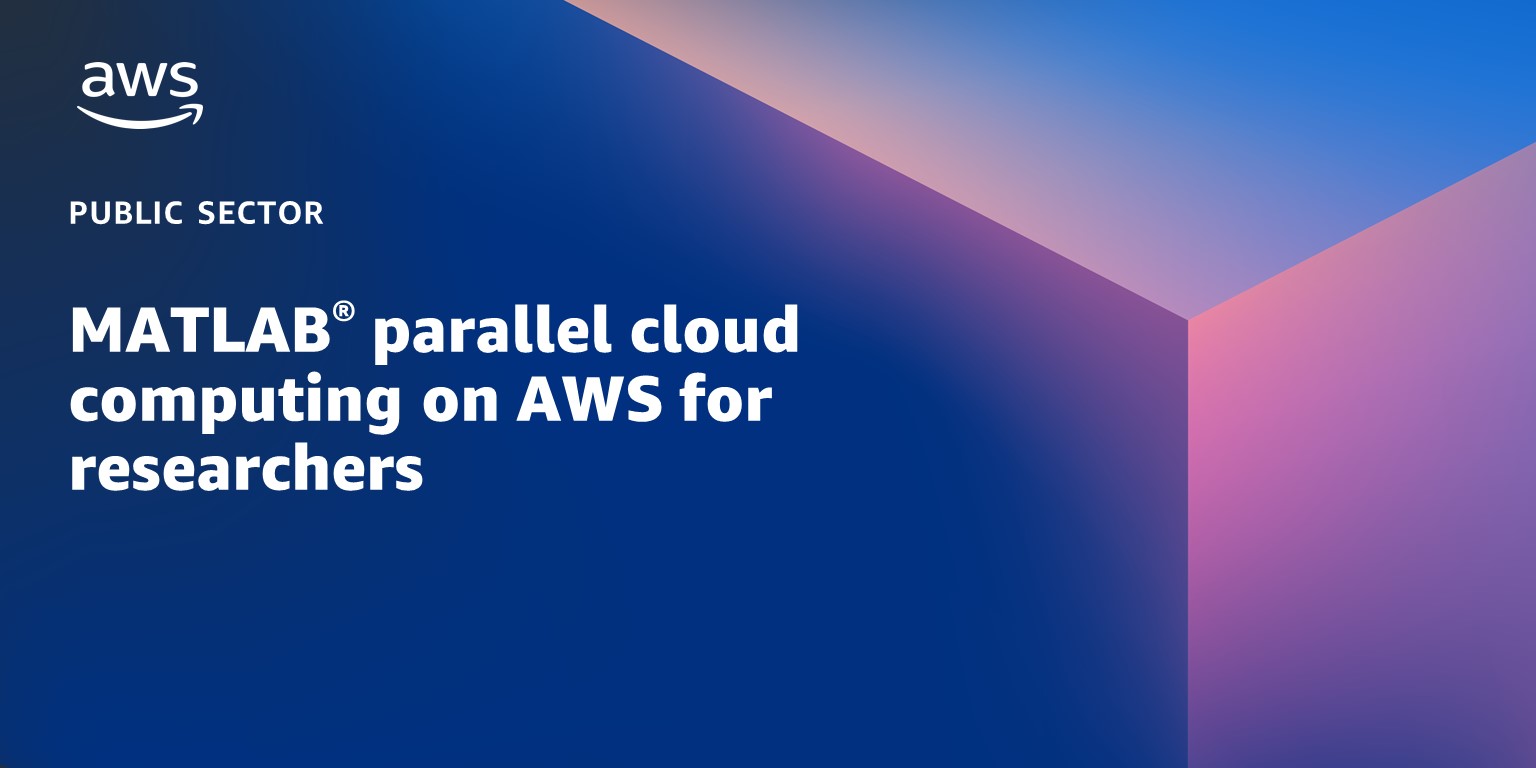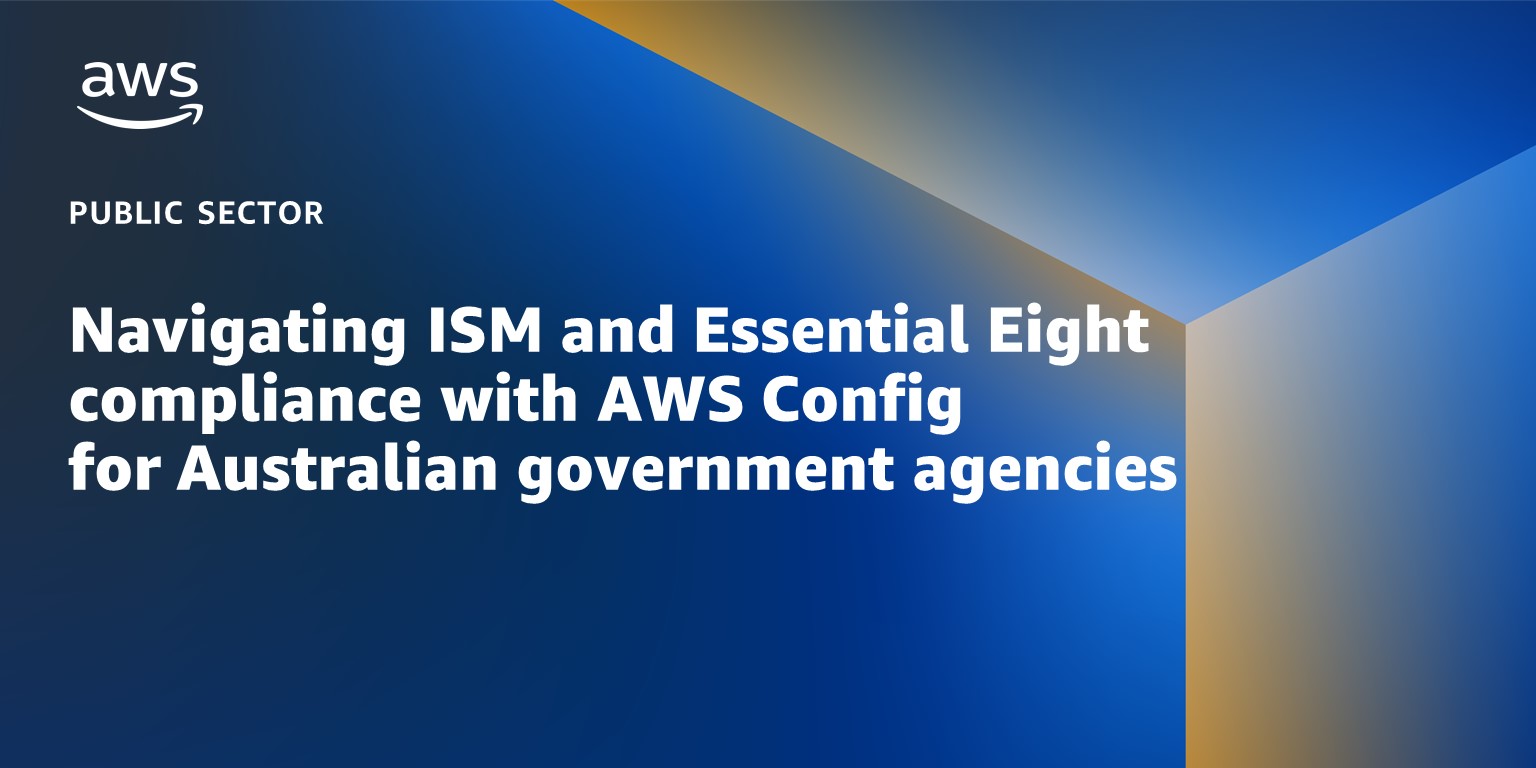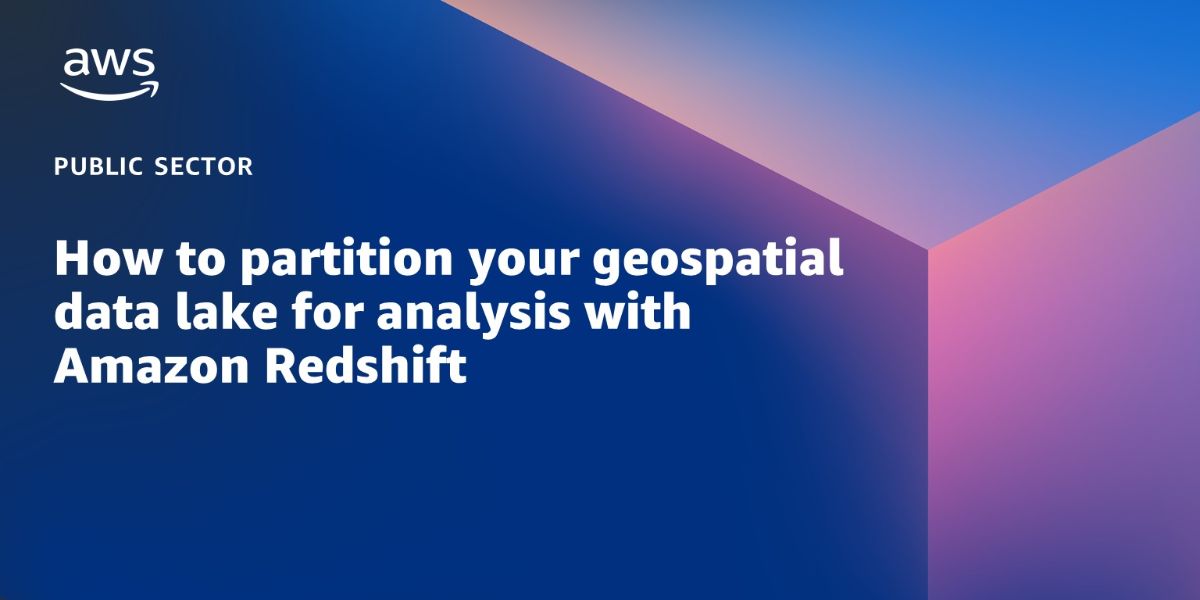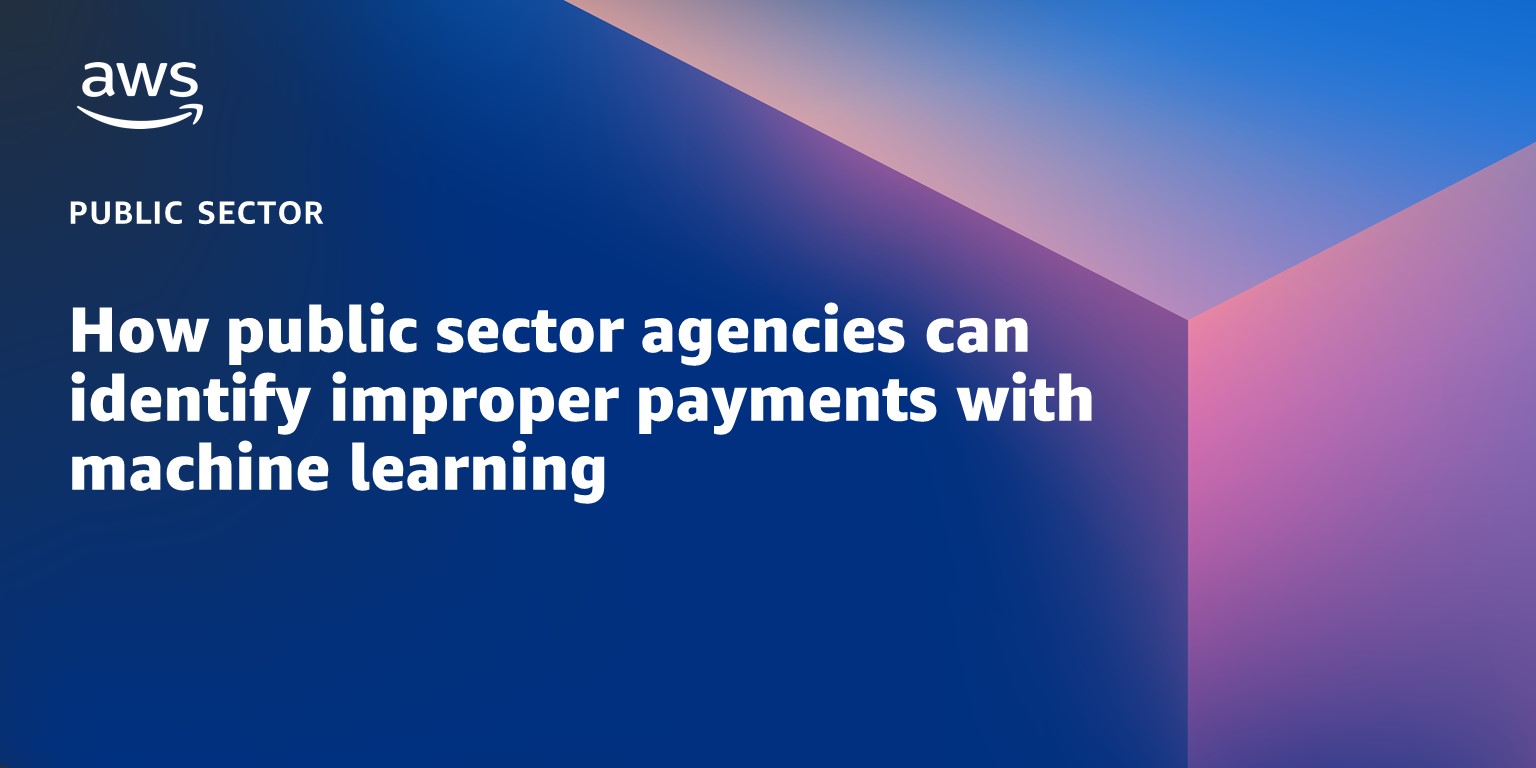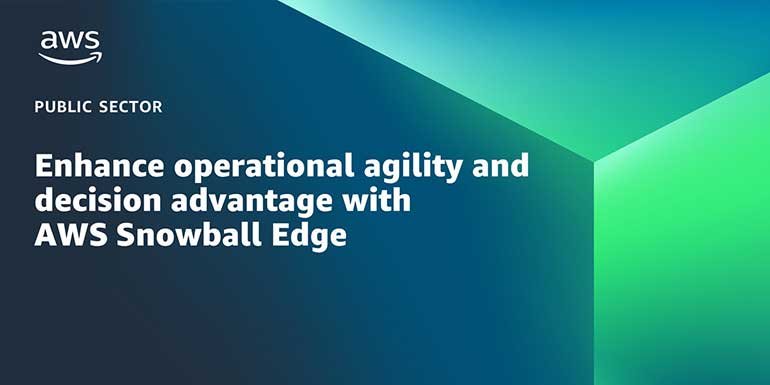AWS Public Sector Blog
Tag: technical how-to
How to set up MATLAB parallel cloud computing on AWS for researchers
Many researchers use MATLAB® from MathWorks, a programming and numeric computing platform, to analyze data, develop algorithms, and create models. As a researcher, you can leverage AWS to expand available computational resources right from your desktop or laptop. In this blog post, we walk through how to integrate MathWorks Cloud Center with AWS in order to accelerate scientific computation and innovation.
How to improve government customer experience by building a modern serverless web application in AWS GovCloud (US)
Modern applications built using microservices architectures improve customer experience by dramatically reducing the risk of failures in a web application. In this blog post, we present a sample AWS reference architecture of a microservices application built using an architecture framework based in AWS GovCloud (US), which can help support adherence to a Federal Risk and Authorization Management Program (FedRAMP) High Baseline.
Modernize Moodle LMS with AWS serverless containers
Moodle is a popular open source learning management system (LMS). Many education institutions are deploying and running Moodle on a physical hardware or virtual machine (VM) environment. They are looking to improve the scalability of their Moodle application to simplify operations and monitoring, and also optimize operating costs. One way to approach this is to use containers technology. In this blog post, learn how to deploy and run Moodle using serverless containers technology on AWS.
Navigating ISM and Essential Eight compliance with AWS Config for Australian government agencies
To help our Australian customers, AWS provides pre-built conformance packs for the Australian Cyber Security Centre (ACSC) Essential Eight Maturity Model and the ACSC Information Security Manual (ISM). The ACSC’s Essential Eight was first published in 2017 and is a set of prioritised security mitigation strategies designed to help protect organisations against various security threats. In this blog post, I walk you through how to set up a conformance pack in AWS Config that is designed to help you implement and track the ASCS Essential Eight model.
How to implement CNAP for federal and defense customers in AWS
In July 2021, the U.S. Department of Defense (DoD) released a cloud native access point (CNAP) reference design that follows zero trust architecture (ZTA) principles and provides a new approach to access mission owner (MO) applications. The DoD’s reference design discusses four core capabilities of CNAP: authenticated and authorized entities (C1), authorized ingress (C2), authorized egress (C3), and security monitoring and compliance enforcement (C4). In this blog post, we walk through how to establish the C2 component via a virtual internet access point (vIAP) with AWS. The proposed architectures can reduce operational cost and management overhead, while improving the accessibility, resiliency, and security of mission owner applications.
How to partition your geospatial data lake for analysis with Amazon Redshift
Data lakes are becoming increasingly common in many different workloads, and geospatial is no exception. In 2021, Amazon Web Services (AWS) announced geography and geohash support on Amazon Redshift, so geospatial analysts have the capability to quickly and efficiently query geohashed vector data in Amazon Simple Storage Service (Amazon S3). In this blog post, I walk through how to use geohashing with Amazon Redshift partitioning for quick and efficient geospatial data access, analysis, and transformation in your data lake.
How public sector agencies can identify improper payments with machine learning
To mitigate synthetic fraud, government agencies should consider complementing their rules-based improper payment detection systems with machine learning (ML) techniques. By using ML on a large number of disparate but related data sources, including social media, agencies can formulate a more comprehensive risk score for each individual or transaction to help investigators identify improper payments efficiently. In this blog post, we provide a foundational reference architecture for an ML-powered improper payment detection solution using AWS ML services.
Enhance operational agility and decision advantage with AWS Snowball Edge
In a data-dependent world, success belongs to the side with decision advantage: the ability to acquire data and make sense of a complex and adaptive environment, and act smarter and faster than the competition. Understanding global environments requires more than just more data – it requires live two- and three-dimensional maps, new support tools, improved processes, seamless connectivity, and better collaboration that can scale to the needs of the environment. This blog post explores how to address challenges of big data and accelerate time to data insights with machine learning with AWS Snowball Edge device deployment at the edge.
Move data in and out of AWS GovCloud (US) with Amazon S3
Increasingly, AWS customers are operating workloads both in AWS GovCloud (US) and standard AWS Regions. Dependencies between workloads, changing data controls, or enrichment of data across multiple data levels are examples of business needs that may require moving data in and out of AWS GovCloud (US). In this blog post, I explain how to move data between Amazon Simple Storage Service (Amazon S3) buckets in the AWS GovCloud (US) and standard partitions.
Move file data in and out of AWS GovCloud (US) with AWS DataSync
As public sector customers find increasing need to move data between the AWS GovCloud (US) partition and the standard partition, they need tools to help them lower their operational burden. In this blog post, I walk through how to use AWS DataSync to move data on network file system (NFS) shares between the two partitions.
